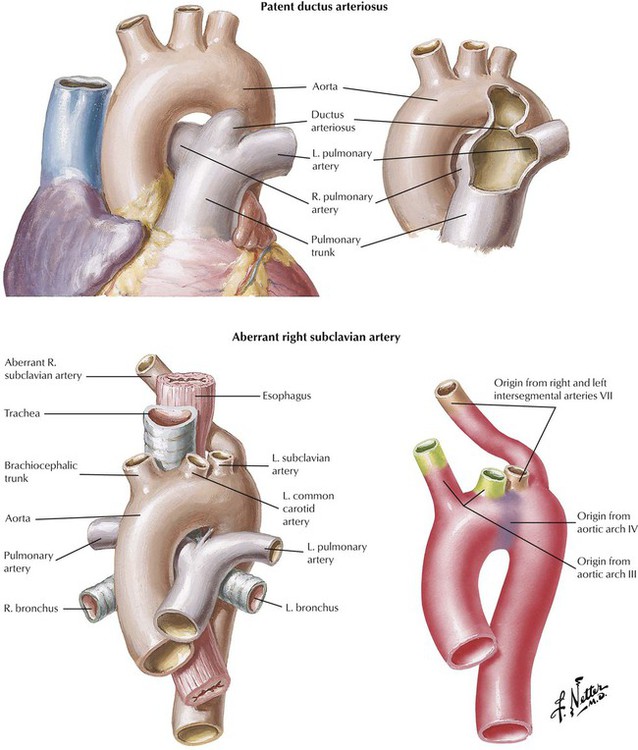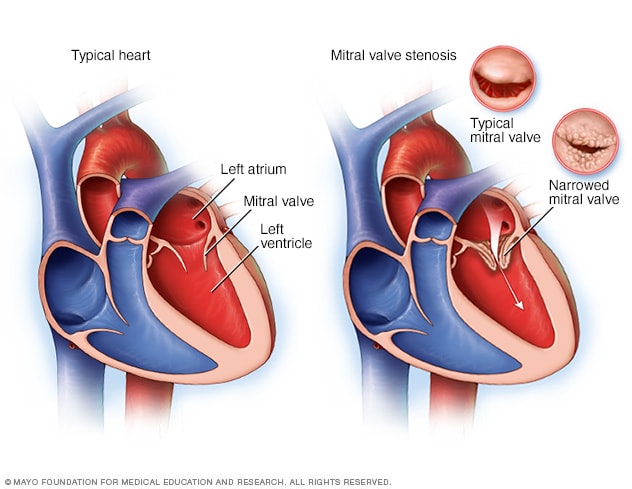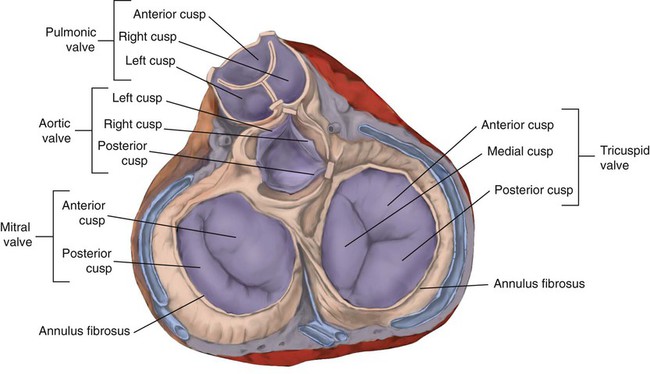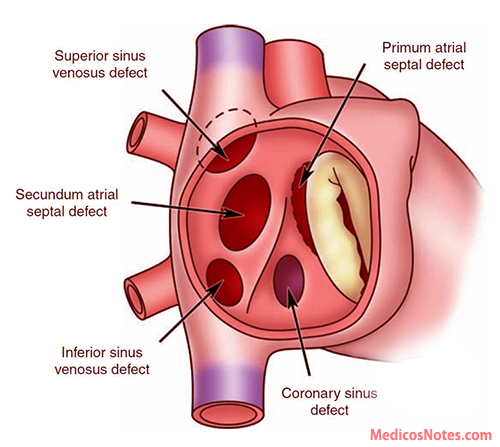Subaorticstenosisindogs
Data: 2.09.2017 / Rating: 4.7 / Views: 526Gallery of Video:
Gallery of Images:
Subaorticstenosisindogs
CVCA Cardiac Care for Pets specialize in the evaluation and treatment of subaortic stenosis (SAS) in dogs and cats. Subvalvular Aortic Stenosis Can Cause Sudden Death in Most dogs with severe disease die (frequently shortened to aortic stenosis or subaortic stenosis). Aortic valve stenosis Symptoms Mayo Clinic Aortic Valve Gradient For Patients with Aortic Valve. SubAortic Stenosis in the Bullmastiff. An Overview: Aortic stenosis is one of the most prevalent, congenital cardiac diseases in dogs. Congenital aortic stenosis usually affects the subvalvular region, and occurs mainly in Newfoundland, Golden Retriever, German Shepherd, and Boxer dogs. How can the answer be improved. A heart murmur is a key sign in suspecting and diagnosing subaortic stenosis. Your doctor may hear a rumbling sound when he listens to your heart. Subaortic stenosis is a defect in your dog's heart, that is usually present at birth. A normal, healthy dog heart has two chambers on the right and two chambers on the left. The uppermost chambers are known as the atriums, while the lower chambers are known as the ventricles. Subaortic stenosis is a problem that affects dogs and is rare in cats. It most commonly occurs in largebreed dogs. Subaortic stenosis appears to be genetic in origin; the first signs of it may be present at birth (moderate or severe cases) or may appear in the first year of life (usually milder cases). Subaortic stenosis is a congenital heart condition that ranges in severity. Diagnosis is based on clinical signs and diagnostic imaging studies. Canine subvalvular aortic stenosis (SAS) is an abnormal, congenital heart murmur caused by subaortic stenosis (SAS). There is a high incidence of this condition among Rottweiler dogs. There is very good evidence that it is heritable, passed on from generation to generation genetically. Aortic stenosis impedes normal left ventricular emptying and is caused by a narrowing at one of three locations: 1) below the aortic valve (subvalvular or subaortic. The Auscultation Assistant Systolic Murmurs Treating Aortic Stenosis in Dogs: Veterinarian reviewed information on the treatment options for dog Aortic Stenosis. Treatment options may vary, so a veterinarian is. Detailed Information About Subaortic Stenosis Dog At MerckVetManual. How Aortic Stenosis Affects Dogs. Subaortic stenosis (SAS) typically develops after a puppy is born, during the first weeks to months of its life. Subaortic stenosis: Narrowing of the left ventricle of the heart just below the aortic valve through which blood must pass on its way up into the aorta. Medications for subaortic stenosis include beta blockers such as atenolol, or other medications that can help reduce the workload of the heart. In order to reduce the obstruction of your dogs subaortic stenosis, your veterinarian may recommend surgery. Subaortic stenosis is an autosomaldominant (incomplete penetrance) congenital heart disease of dogs characterized by a narrowing of the descending aorta below the. Subaortic stenosis, or subvalvular aortic stenosis, is a serious pet health concern that affects mainly large breed puppies. In fact, it is the second most comm. Subaortic stenosis is almost always first suspected based on a heart murmur detected by the veterinarian. This presents a dilemma, because many other reasons exist for heart murmurs, many of which are harmless. Subaortic stenosis is a common cause of heart murmurs, but many dogs with normal hearts and no subaortic stenosis have heart murmurs as well. Aortic (subaortic) stenosis (AS or SAS) is a congenital heart disease that can affect dog. Aortic (subaortic) stenosis is a narrowing of the pathway for blood leaving the heart. The narrowing is usually beneath the aortic valve of the left ventricle; the condition is then called subvalvular aortic stenosis or SAS for short. SAS is a genetically predetermined disease that affects dogs. Explains the Causes and Treatment of Heart Disease in Dogs and Cats Aortic stenosis refers to the narrowing of the aortic valve, which controls the blood flow from the left ventricle (one of the dog's four heart chambers) to the aorta. Dogs with mild or moderate SAS often remain asymptomatic or have only mild exercise intolerance, thus treatment is generally only considered for dogs with severe SAS. Openheart surgical correction of SAS is not generally performed in dogs due to the complexity of the procedure, need for cardiopulmonary bypass, and cost to the owner. Subaortic Stenosis childrens Pulmonic Stenosis; AorticSubaortic Our service has published several manuscripts concerning the treatment of pulmonic stenosis. Some dogs may be treated
Related Images:
- Hirens bootcd
- The Host
- Abby winters madelief
- L itinerario spirituale dei dodicipdf
- Delphi Programming for Dummies
- Girl from the coast a novel
- Guide To Good Food Chapter 3 Study Sheet Answers
- Verborgen geheimen van de mensheid
- History of philippine cinema powerpoint
- Rebecca Das Musical Libretto
- You are Dead
- Asimco brake pads catalogue 2015
- Sculpture in the Age of Doubt Thomas McEvilley
- Solid edge st10 uploaded
- Manual clarion me 10d3332g 034
- Viacad
- Outsourcing ibm
- Manual De Neurologia Infantil Verdu Pdf
- Brondi Fx11 User Manualpdf
- Download generals zero hour 2 my egypt
- Old Head on Young Shoulders
- Livre Des Ombres Pdf Gratuit
- Q Sexual Desire
- Samsung I9003 Imei Repair Tool
- A Man Called Lucy
- Prison break season 1 episode 20 torrent download
- Download avatar movie hd quality free
- Il Libano contemporaneo Storia e societdf
- 1993 Evinrude 90 Hp Fly Wheel Nut Size
- Libro grecia
- Libro De Patologia Veterinaria Trigo Pdf
- Vortrage Uber Die Krankheiten Des Ohres
- 11 Settembre
- Pcf7936as pdf
- Jab Tak Hai Jaan Movie Download Hd
- Mcse full notes pdf
- Information Library
- Dell Studio Xps 1340 Bluetooth Driverzip
- Watch Ringu Full Movie Online
- L alleanza terapeutica Teoria clinica ricercapdf
- Depois da MeiaNoiteePub
- Crystal icr
- Kings Cage
- Software to fix bricked iphone
- Proficiency English Tchrs Bk 3
- Mandragolaepub
- Jerso CSS3 Extension Theme for PHPMaker 10rar
- Nys Common Core Lesson 19 Answers
- Mh 53 pave low fsx download free
- Wirelessm2miotcookbook
- Corporate
- Embedded system design using c8051
- Welcome 2 Pupils Book
- We Discovered Alien Bases on the Moon
- Reflexiones sobre el medio ambiente en power point
- Cabo Conversor Usb Serial Feasso
- Free Driver Ms 7525 Ver
- There Are Other Rivers On Foot Across India
- Download avatar movie hd quality free
- Descargar En Pdf La Panza Es Primero
- Wladca Pierscieni Dwie Wieze Pdf Chomikuj
- Los derechos de los animales marta tafalla pdf
- The new encyclopaedia britannica imagyn
- Easy hide ip
- Samsung Clone Mt6572 M706 Mb
- Download song baby doll remix by dj shilpi
- Book Review Chika Onyeani S Capitalist Nigger
- Nokia 202 driver software free download
- West Bend Poppery Ii Manual
- Airlink 101 Wireless N 150 USB adapter Driverzip
- Vectormechanicsforengineersstaticsdynamics










